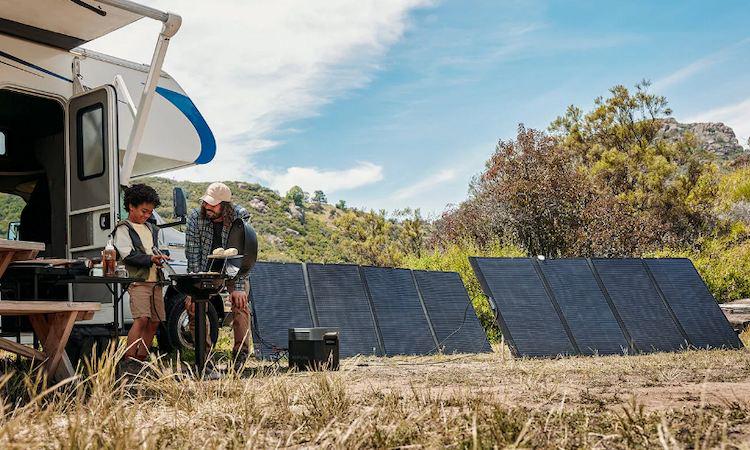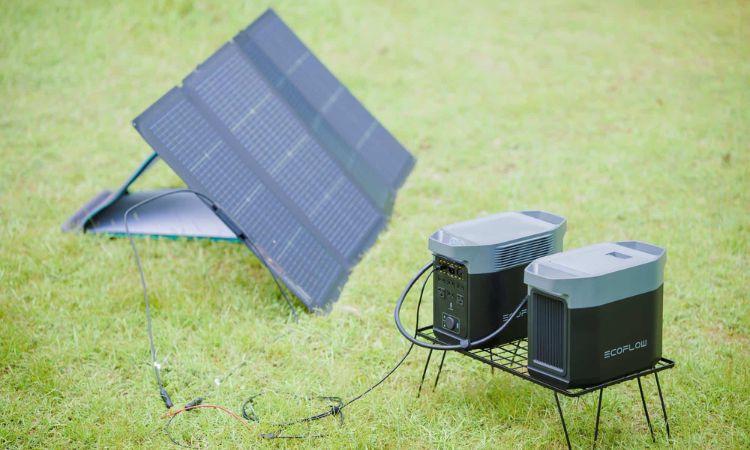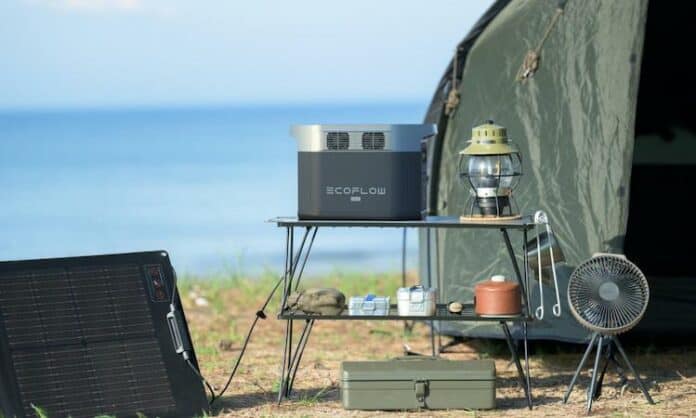Imagine generating electricity just by harnessing sunlight; no fuel, no noise, and no harmful emissions. That’s exactly what a photovoltaic power station does. It’s quite an advanced technology that converts sunlight into electricity, powering homes, businesses, and even entire cities.
But let’s be honest, solar technology can sometimes feel overwhelming with all the technical jargon. That’s why we’re breaking it down in this guide, explaining the types of solar power plants, how they work, and their advantages. Make sure you read to the end. Let’s go!
What is Solar Power Plant?
A solar energy plant is a facility that uses specialized technology to convert sunlight into electricity. It works by harnessing solar radiation like light, heat, and ultraviolet rays to generate power for homes, businesses, and industries. Unlike fossil fuel-based power plants, solar energy plants produce electricity without emitting harmful pollutants, making them a cleaner, more sustainable alternative. This not only reduces environmental impact but also contributes to long-term energy solutions.
Advantages of Solar Power Plant
The world is tilting towards solar energy for several reasons, and some of them include:
- It provides a never-ending energy source. Unlike limited fossil fuels, the sun is never running out, making it a dependable power source for the long haul.
- Also, solar power plants work anywhere, whether it’s a remote village, a cabin in the mountains, or your rooftop. As long as there’s sunlight, you’re good to go.
- They generate power during the day and store some in their batteries or a power station for later use in the night or when the sun isn’t shining.
- Electricity aside, solar power has other uses like heating water, powering factories, or even supporting large-scale farming. Whatever the need, there’s a solar solution for it.
- Again, once installed, solar panels require little upkeep and they still last for 20-25 years. They just need occasional cleaning and checks.
- Solar panels not only produce clean energy but are also recyclable at the end of their lifespan. This helps to reduce waste and keep things sustainable.

Types of Solar Power Plant
The two main types of solar power plants include Solar Photovoltaic (PV) power plants and Solar Thermal power plants. As much as both convert the sun’s energy into electricity, they do so in different ways.
1. Solar Photovoltaic Power Plant
The operation in a solar PV power plant is based on capturing light energy, or photons, from the sun’s rays. This plant uses a solar panel made up of photovoltaic solar cells, typically made of silicon, either monocrystalline or polycrystalline to convert sunlight directly into electricity. The process is simple and efficient. Sunlight hits the panels, exciting the electrons in the material, which generates electricity. The PV plant is clean, renewable, and widely used for both small and large-scale energy production.
In solar PV systems, there are three main types of configurations based on how they connect to the grid:
- On-Grid Solar Power Plants: These plants are connected to the local power grid, allowing excess energy to be fed back into the grid.
- Off-Grid Solar Power Plants: These plants operate independently of the power grid, often with battery storage to ensure a continuous supply of electricity.
- Hybrid Solar Power Plants: These combine both on-grid and off-grid systems, offering flexibility by connecting to the grid but also incorporating storage for backup power during outages or when sunlight is insufficient.

2. Solar Thermal Power Plant
On the other hand, a solar thermal power plant uses sunlight to generate heat, which is then converted into electricity through a thermodynamic process. These plants use solar collectors instead of solar panels to capture the sun’s heat. This heat is used to produce steam, which drives turbines that generate electricity. Unlike the traditional power station that burns fossil fuels, a solar thermal power plant runs purely on the sun’s energy, making it a clean and eco-friendly alternative, just like the photovoltaic plant.
How Does Solar Power Plant Work?
A solar PV plant generates electricity with solar panels. Here’s how it works:
When sunlight hits the panels, the photovoltaic cells absorb the energy. This excites the electrons and generates direct current (DC) electricity. To create a functional solar generator, users wire solar panels in series, forming a connected system that enhances energy efficiency.
Now, since most home appliances run on alternating current (AC), the generated DC power flows into an inverter, which converts it into AC power. From there, the electricity is either used immediately, sent to the power grid, or, in the case of excess energy, stored for later use. A transformer helps adjust the voltage so the power can be safely distributed.
For times when sunlight is unavailable or the grid is down, this stored energy can be tapped into using a battery system like the EcoFlow DELTA Pro Portable Power Station. With its advanced LFP battery that lasts up to 10 years, it provides a reliable home backup solution, able to power essential devices during blackouts, charge electric vehicles, and even support professional outdoor setups.
Finally, to maximize energy output, solar power plants use weather monitoring systems to track sunlight intensity and predict low-light periods. This helps operators adjust energy storage and maintain a stable electricity supply.
Conclusion
It’s pretty amazing, right? Photovoltaic power station harnesses sunlight to power homes, businesses, and even entire cities. No fuel, no noise, just clean energy. Whether through photovoltaic panels or solar thermal systems, these plants provide a sustainable alternative to fossil fuels. And with smart solutions like the EcoFlow DELTA Pro Portable Power Station and solar generators, storing and using solar power is easier than ever. The best part? The sun isn’t going anywhere, so why not make the most of it?
FAQs
How many solar plants are there in South Africa?
As of October 2023, South Africa has 51 solar power stations. These plants, with 500 MW of utility-scale projects under construction and an additional 375 MW planned for 2025, play a crucial role in reducing reliance on fossil fuels and supporting the national grid with clean energy.
How much power does a solar power plant produce?
The amount of power a solar power plant produces depends on its size and the type of solar panels used. On average, a single solar panel can generate 250 to 400 watts per hour. Over a day, this adds up to about 2 kWh of electricity. For homes, solar panel systems usually range from 1 kW to 4 kW, which is enough to power essential appliances. Larger solar power plants can generate megawatts of electricity, supplying power to entire communities.
What is the difference between solar energy and solar power plants?
Solar energy is the sun’s natural energy, which can be used in many ways, like generating electricity, heating water, or even warming the Earth. A solar power plant, on the other hand, is a facility designed specifically to convert sunlight into electricity using solar panels or solar thermal systems.
